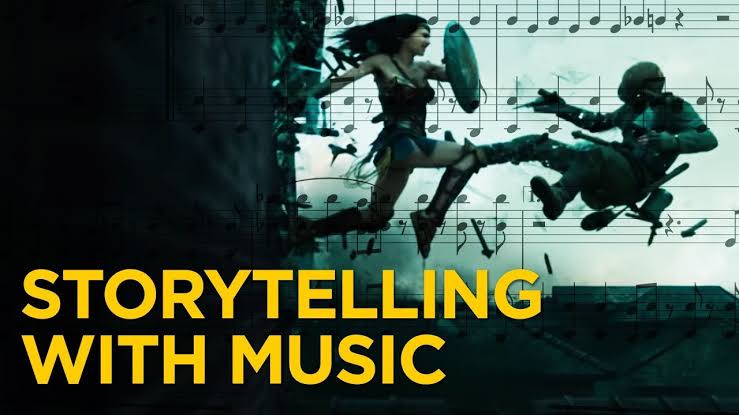In the world of cinema, music is more than just a backdrop; it’s a vital storyteller in its own right. From setting the mood to enhancing emotional impact, the role of music in film is profound and multifaceted. Let’s delve into the harmonious relationship between music and storytelling on the silver screen.
Setting the Mood. Imagine a suspenseful scene without its eerie soundtrack or a romantic moment without a soft melody. Music sets the tone, instantly transporting audiences into the intended emotional landscape. Whether it’s the ominous chords of a horror film or the whimsical tunes of a fantasy adventure, music establishes the atmosphere and primes viewers for the narrative journey ahead.

Emotional Enhancement. One of the most powerful aspects of music in film is its ability to amplify emotions. A poignant score can elevate a heart-wrenching scene to new heights of poignancy, while an uplifting melody can imbue moments of triumph with added resonance. By tapping into the nuances of rhythm, melody, and harmony, composers can elicit visceral reactions from audiences, fostering deeper connections to the characters and their experiences.
Character Development. Music can also serve as a window into the souls of characters, offering insights into their motivations, struggles, and triumphs. Just as leitmotifs in classical music represent recurring themes or characters, film scores can create musical signatures for protagonists, antagonists, and key story elements. These motifs provide continuity and depth, enriching the narrative tapestry and inviting viewers to engage with characters on a more profound level.

Pacing and Rhythm. Beyond its emotional resonance, music plays a crucial role in shaping the rhythm and pacing of a film. From pulse-pounding action sequences driven by adrenaline-fueled beats to slow, meditative montages underscored by gentle melodies, music guides the tempo of storytelling, ensuring that narrative beats are effectively delivered and audience engagement remains high.
Cultural Context. In addition to its narrative functions, music in film can also serve as a cultural touchstone, reflecting the time, place, and cultural milieu in which a story unfolds. Whether drawing from traditional folk tunes, contemporary pop hits, or experimental avant-garde compositions, filmmakers leverage music to deepen the authenticity and richness of their cinematic worlds, immersing audiences in a sensory experience that transcends the visual realm.

Music is an silent storyteller, weaving its melodies and harmonies into the fabric of cinematic narratives with unparalleled grace and power. From setting the mood and enhancing emotions to shaping character development and pacing, the role of music in film is as diverse as it is indispensable. As audiences continue to be captivated by the magic of the silver screen, let us not forget the symphonic symphony that accompanies every frame, enriching our cinematic experiences and leaving an indelible imprint on our hearts and minds.




